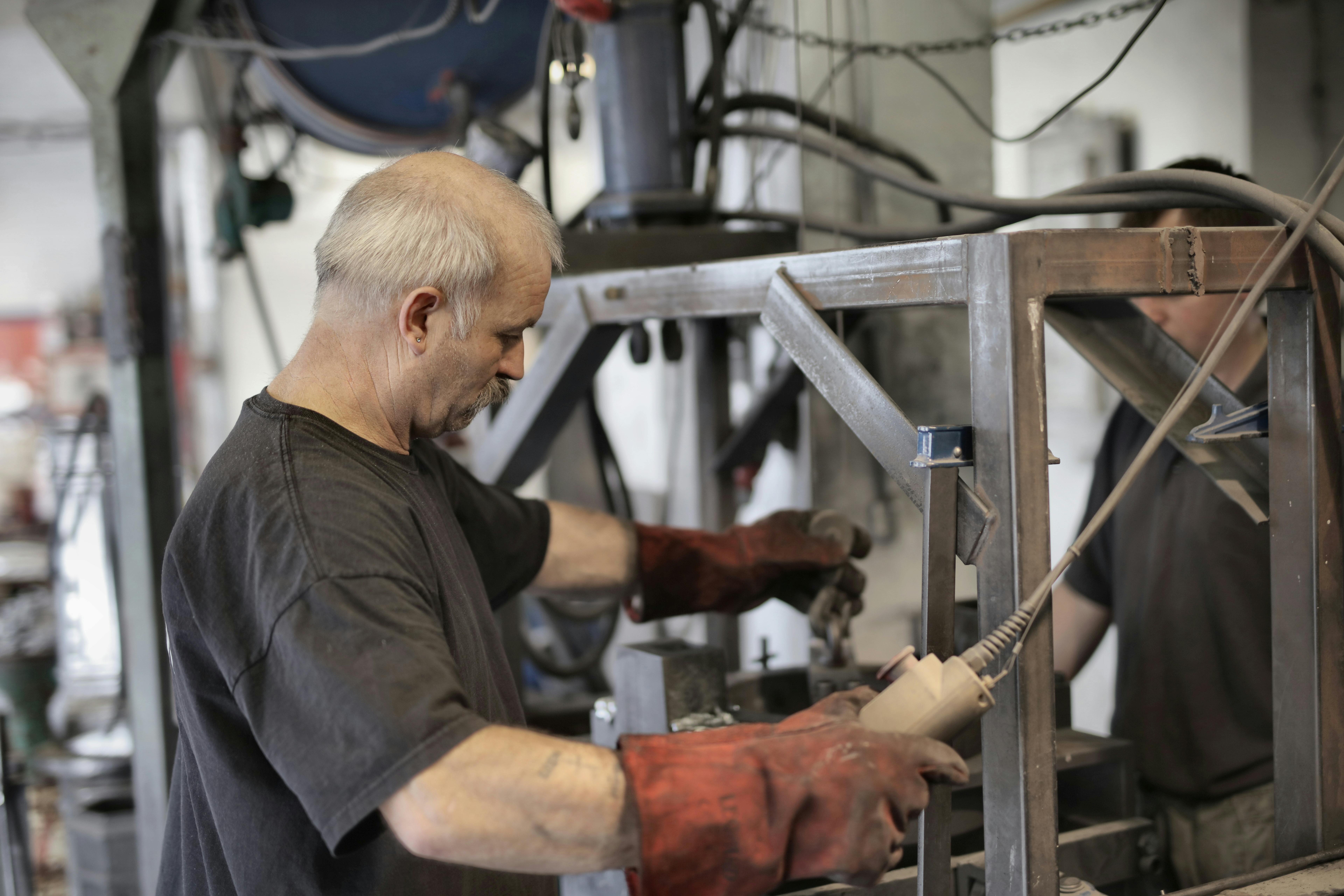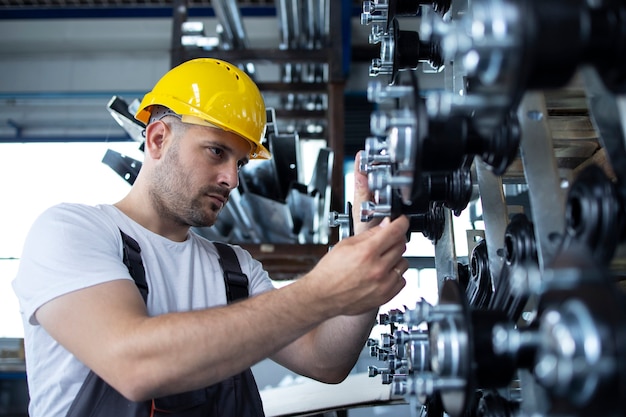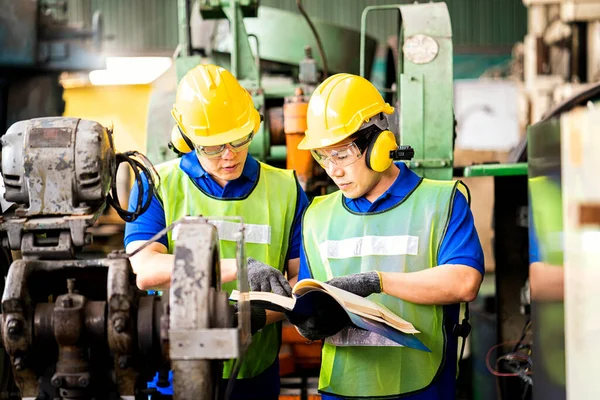Efficiency Redefined: The Latest Trends In Industrial Machinery Repair For Enhanced Performance
In the dynamic landscape of industrial machinery, the quest for efficiency has always been a driving force. As industries continue to evolve, the demand for enhanced performance in machinery repair becomes increasingly crucial. In this in-depth exploration, we delve into the latest trends shaping the field of industrial machinery repair, uncovering how innovation and technology are redefining efficiency.
The Rise of Predictive Maintenance
One of the most significant trends in industrial machinery repair is the adoption of predictive maintenance strategies. Traditional maintenance practices often involve scheduled check-ups and repairs, leading to downtime and potentially overlooking critical issues. Predictive maintenance, on the other hand, relies on advanced sensors and data analytics to monitor equipment health in real-time.

By harnessing the power of the Internet of Things (IoT), industrial machinery can communicate its condition and performance metrics. This data allows maintenance teams to identify potential issues before they escalate into major problems, reducing downtime and increasing overall efficiency. We explore case studies of companies that have successfully implemented predictive maintenance, showcasing the tangible benefits and cost savings. Visit this webpage for detailed information on industrial machinery repair.
Augmented Reality (AR) in Machinery Diagnostics
- The integration of augmented reality into industrial machinery repair processes is gaining traction.
- AR technology overlays digital information onto the physical world, offering technicians real-time guidance and information as they perform repairs.
- This trend not only expedites the repair process but also facilitates training for new technicians.
- In our investigation, we explore how AR glasses and applications are transforming the way repairs are conducted.
- From providing step-by-step instructions to enabling remote assistance from experts, augmented reality is enhancing the efficiency of machinery repair operations.
- Interviews with industry experts shed light on the challenges and successes experienced during the implementation of AR in real-world scenarios.
Robotics and Automation in Repetitive Tasks
The utilization of robotics and automation in industrial machinery repair is a game-changer, particularly for repetitive and labor-intensive tasks. Robots equipped with advanced sensors and machine learning capabilities can execute routine maintenance activities with precision and speed, freeing up human resources for more complex tasks.
We examine how industries are integrating robotics into their maintenance workflows and the impact on efficiency and safety. Additionally, we delve into the concerns and considerations surrounding the adoption of robotics in machinery repair, including initial investment costs and workforce implications.
3D Printing for On-Demand Replacement Parts
The advent of 3D printing technology has revolutionized the manufacturing sector, and its impact on industrial machinery repair is no less profound. With 3D printing, companies can produce on-demand replacement parts quickly and cost-effectively, minimizing downtime associated with waiting for traditional supply chains.
Our exploration includes case studies of companies that have successfully implemented 3D printing for industrial machinery repair. We analyze the benefits, challenges, and future potential of this trend, considering factors such as material limitations and regulatory compliance.
Artificial Intelligence (AI) for Advanced Diagnostics
Artificial Intelligence is playing a pivotal role in advancing diagnostics and decision-making in industrial machinery repair. Machine learning algorithms can analyze vast amounts of data to identify patterns and anomalies, enabling more accurate predictions of potential failures and suggesting optimal repair strategies.
We investigate how AI is being integrated into existing maintenance systems and the impact on overall equipment effectiveness (OEE). Interviews with experts in the field provide insights into the challenges and ethical considerations associated with AI-driven diagnostics in machinery repair.

From predictive maintenance and augmented reality to robotics, 3D printing, and artificial intelligence, the convergence of these technologies is paving the way for a new era of optimized performance and reduced downtime. As industries continue to embrace these trends, the landscape of industrial machinery repair will undoubtedly be marked by unprecedented efficiency and innovation.
Training and Skill Development
- Importance of Skilled Technicians: As machinery repair evolves, the importance of skilled technicians cannot be overstated. Training programs that focus on emerging technologies and repair techniques are crucial to ensuring a workforce capable of handling modern machinery complexities.
- Continuous Learning in the Industry: Continuous learning is a cornerstone of staying relevant in the evolving industrial repair landscape. Technicians must embrace ongoing education to keep up with technological advancements and maintain a high level of expertise.
Case Studies
Successful Implementations of Modern Repair Techniques
Several industries have successfully implemented modern repair techniques. Case studies highlight the positive impact of predictive maintenance, robotics, and advanced materials on overall operational efficiency.
Impact on Overall Industrial Efficiency
The adoption of the latest trends in industrial machinery repair directly correlates with enhanced overall industrial efficiency. Reduced downtimes, improved reliability, and cost-effective repair solutions contribute to a more streamlined and productive industrial environment.
Challenges and Solutions
Despite the advancements, challenges persist in industrial machinery repair. Common issues include the initial costs of implementing new technologies, resistance to change, and the need for comprehensive training.
To address these challenges, industry players are developing innovative solutions. Collaborative efforts, educational initiatives, and phased implementation strategies help overcome resistance and ensure a smooth transition to more efficient repair practices.
Future Outlook
The future of industrial machinery repair holds exciting possibilities. Anticipated developments include further integration of artificial intelligence, more sophisticated robotics, and the evolution of materials science for enhanced durability.
Collaboration between industries and innovation hubs will play a pivotal role in shaping the future of machinery repair. Shared knowledge and resources will drive the development of cutting-edge solutions that redefine efficiency in the industrial repair landscape.

